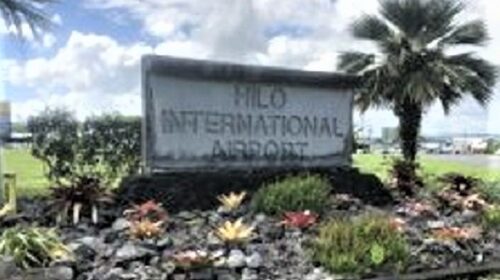Hawaii’s rising tides: Statewide climate call to action
Hawaii is experiencing more extreme high tides and record high levels of flooding, eroding shorelines, coral bleaching, and threatened watersheds and native forests. Could this affect tourism to the Aloha State? The administration of Hawaii Governor, David Ige is taking climate change seriously for both residents and the tourism industry, and in fact, the recent “Hawai‘i Sea Level Rise Vulnerability and Adaptation Report” from the state’s Climate Commission should be required reading for everyone living in a coastal area.
The report provides the first-ever, statewide threat assessment for rising coastal waters and recommendations to increase the state’s capacity to adapt — all based on the best available science on climate change and sea-level rise. It includes inundation maps for every island based on a projection of 3.2 feet of sea level rise by the end of this century. Where possible, it also quantifies the potential damage to homes, schools, roads, farms, hotels, and utilities and represents a call to action for the whole state to address these issues sooner, not later.
“Governor Ige’s actions to protect our environment have brought a huge focus to these issues — especially at a time when the federal government seems to be abandoning these commitments,” said DLNR director Suzanne Case, who co-chairs the Climate Commission with state Office of Planning director Leo Asuncion. “On Governor Ige’s initiative, Hawai‘i is a member of the U.S. Climate Alliance, supporting bipartisan and state-level commitments to uphold our nation’s commitments under the Paris Agreement. Hawai‘i and other states are stepping up to say we have to do this ourselves.
“The governor’s Sustainable Hawai‘i initiative tackles the issues facing our forests and reefs, biosecurity, local food production and renewable energy and sets achievable goals,” Case continued. “The important thing is we’re coming to grips with this now and turning this huge threat of climate change into action. It will strengthen our state’s resolve to do our part in reducing greenhouse gas emissions and set an example for larger states.”
That means persistent, targeted efforts by a whole network of citizens, businesses, community groups, and state and county agencies — not just a single office — to make resiliency for the islands a priority, not merely a political buzzword.




